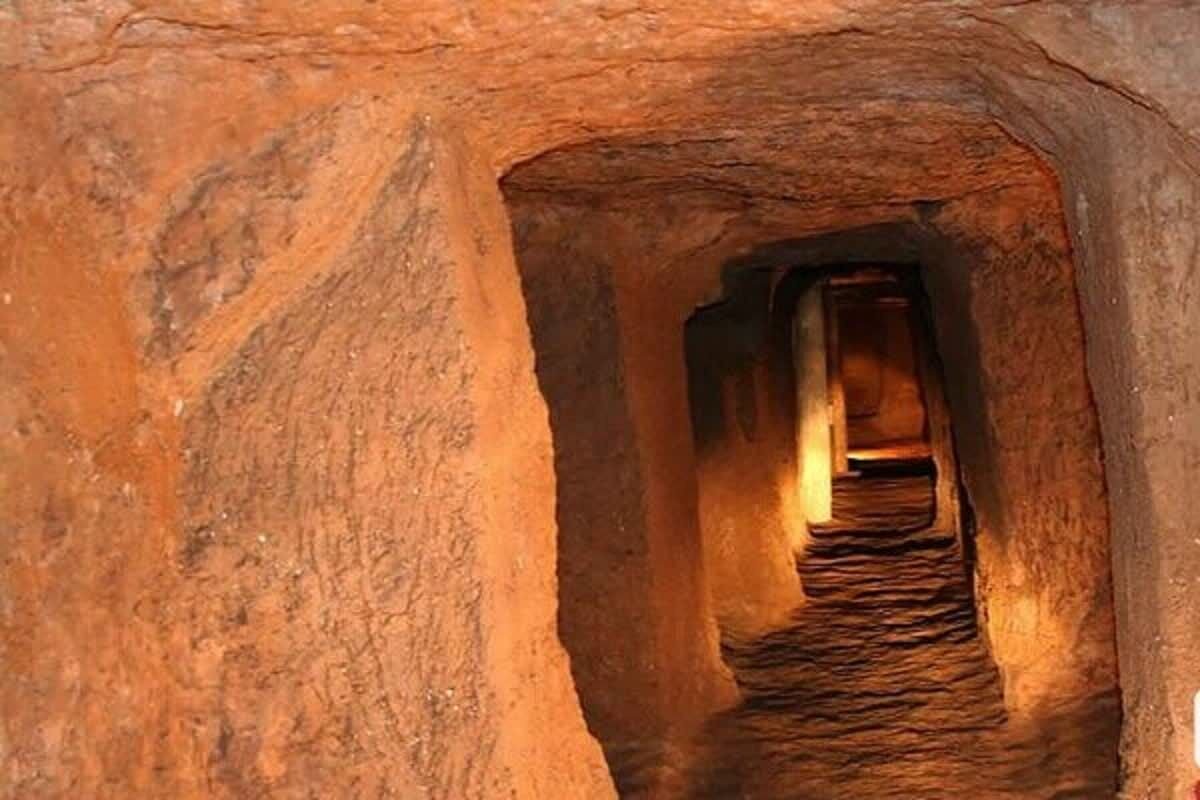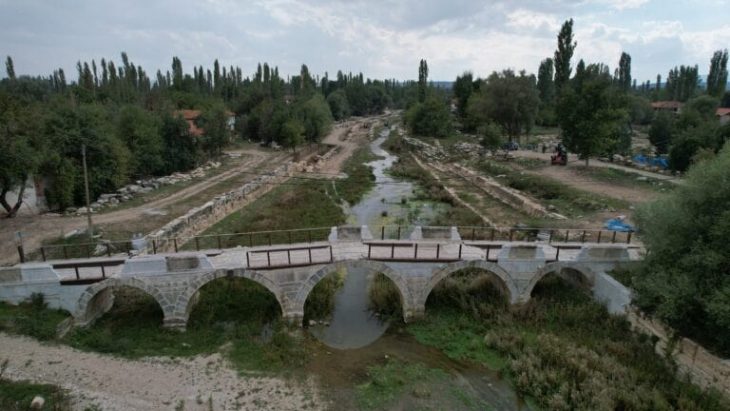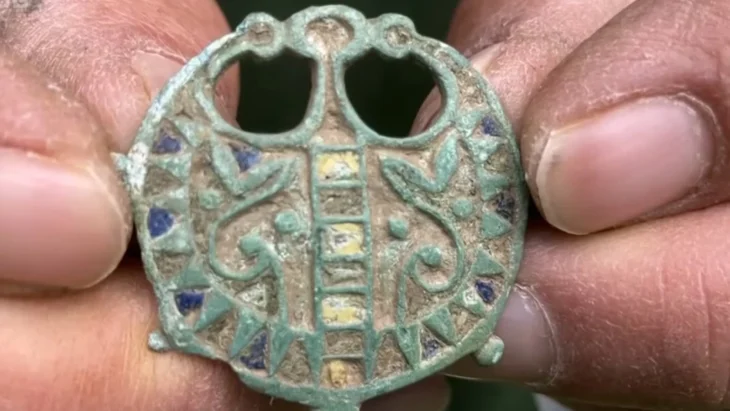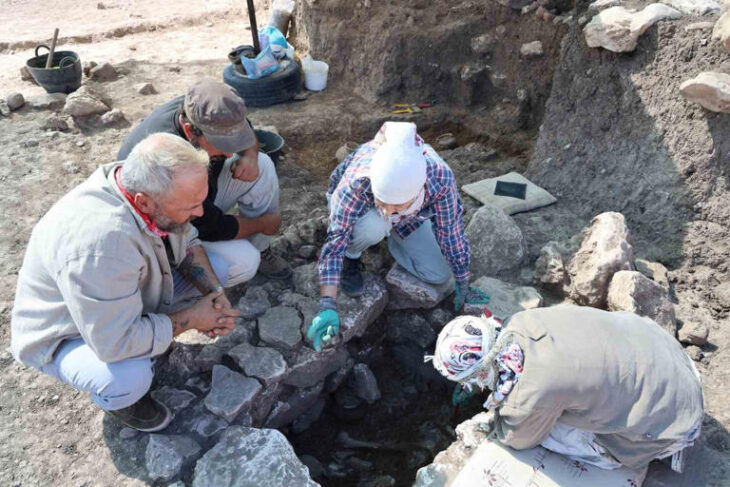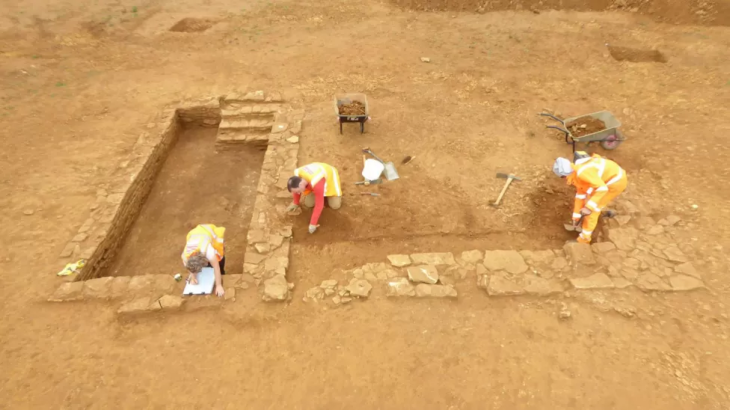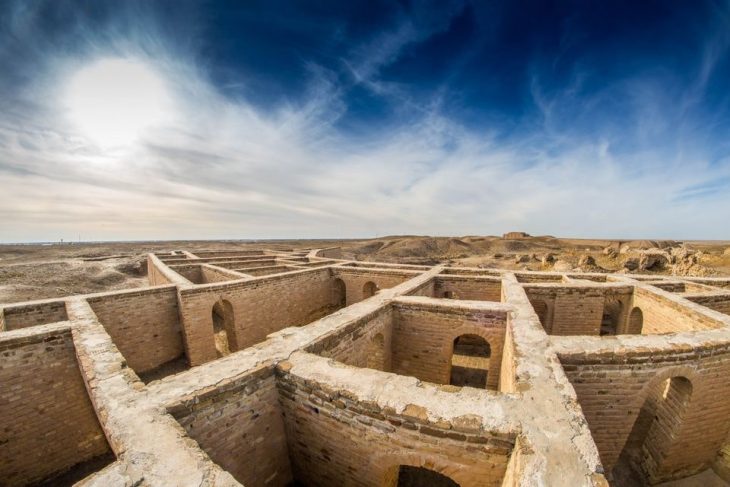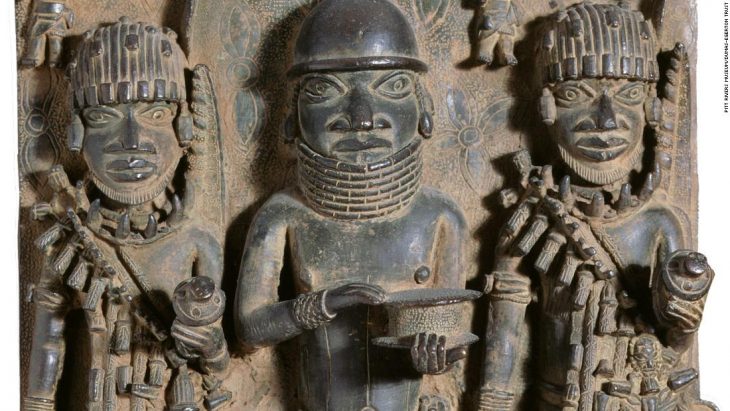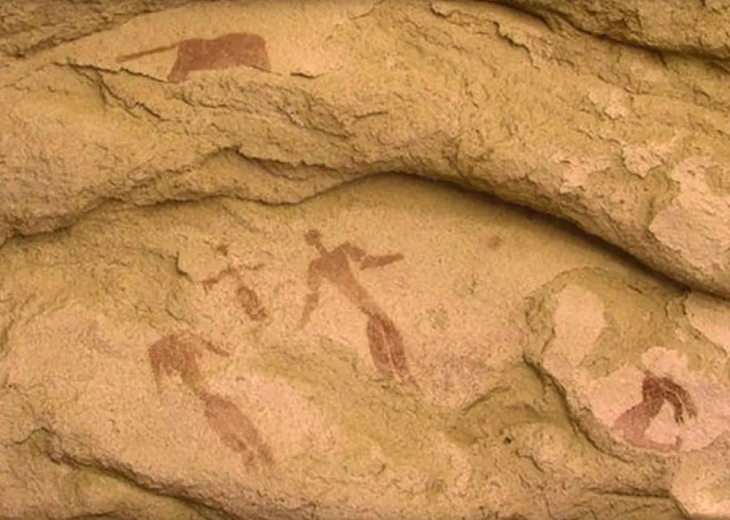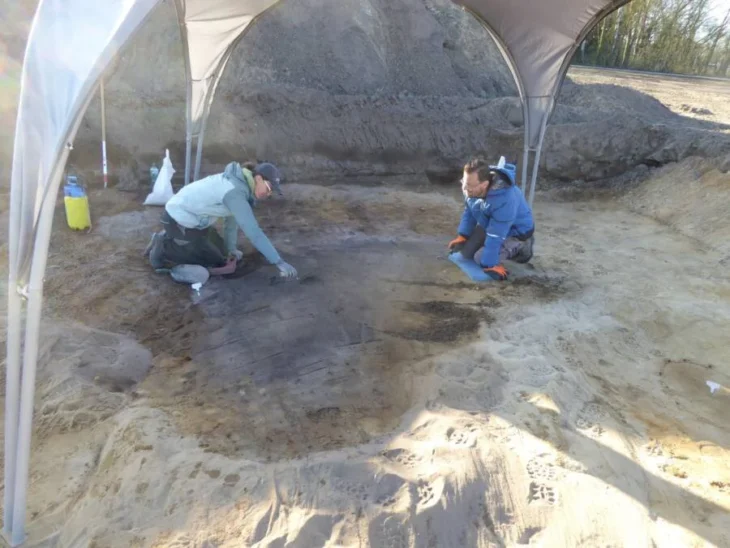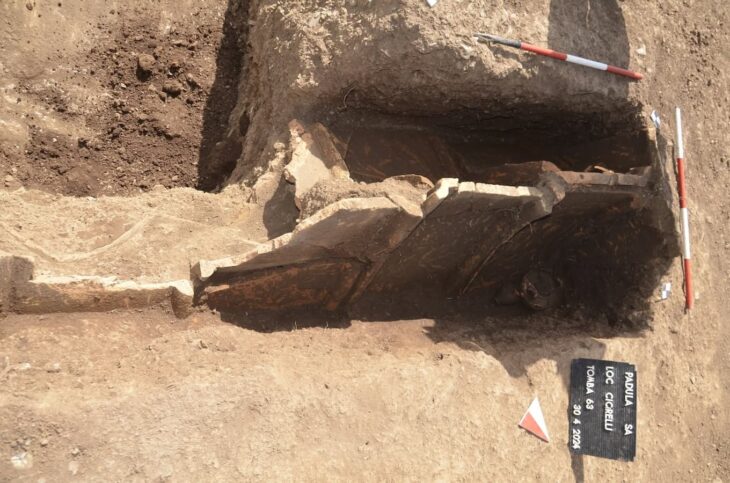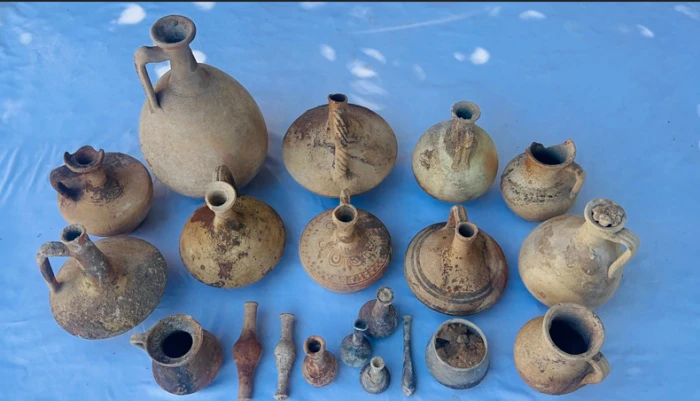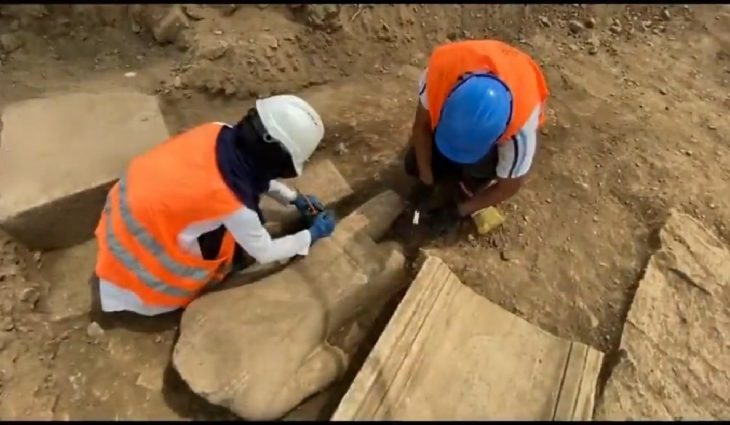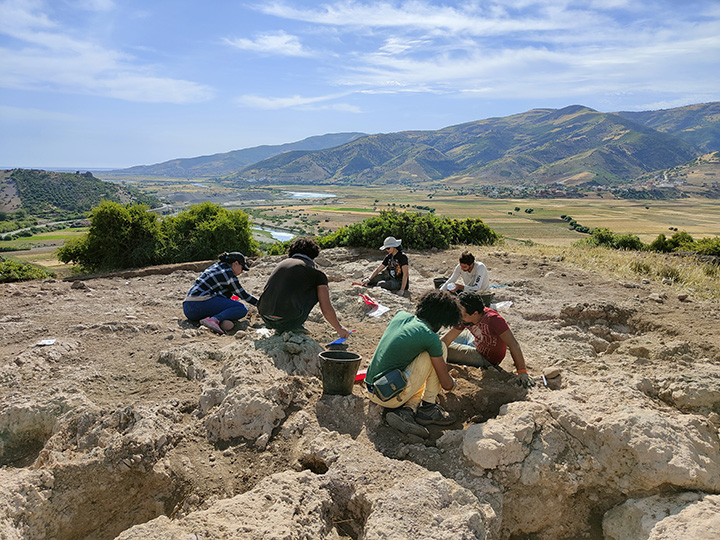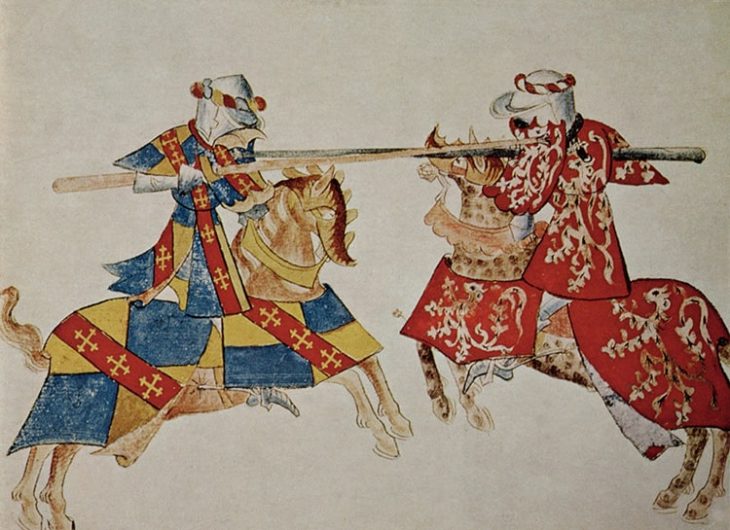A remarkable ‘underground city’ was discovered under five historical houses in the ancient town of Abarkuh in Yazd province in central Iran.
Abarkuh is located in Yazd Province, Iran. The city is situated approximately 140 kilometers southwest of Yazd. It holds a significant historical and cultural position, lying within a “golden triangle” formed by the cities of Shiraz, Yazd, and Isfahan. This strategic location has made Abarkuh an important settlement throughout history.
Investigations are ongoing, with the potential for more underground structures to be found throughout the historic fabric of Abarkuh, including a newly discovered waterway made of carved stones.
These underground structures provide valuable insights into ancient construction techniques, water management, and daily life practices. Additionally, the findings emphasize the need for further research and preservation of Abarkuh’s historical fabric.
Hossein Hatami, the governor of Abarkuh, announced the find in an interview, noting that the “underground city” was likely designed for ease of access, security, water transfer, and daily living. According to old aerial photographs of Abarkuh and subsequent investigations, it appears that in the past, residents built their homes and important places on rocky foundations.
📣 Our WhatsApp channel is now LIVE! Stay up-to-date with the latest news and updates, just click here to follow us on WhatsApp and never miss a thing!!
In an exclusive interview with IRNA on Friday night, “Hossein Hatami” stated that the spaces between these rocky foundations were transformed into gardens by the ancestors. They had designed pathways beneath these rocky sections for ease of access, security, water transfer, and daily life.
Hatami emphasized that the presence of small stone chambers in the historic houses of Abarkuh, located beneath the rocky foundations, indicates functional significance in the past This has led to ongoing research and investigations, resulting in the discovery of an underground settlement.
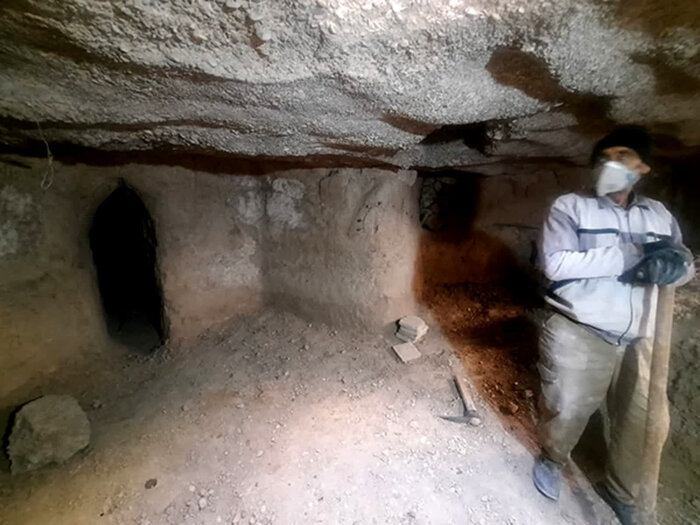
Moreover, a beautifully crafted stone aqueduct has also been unearthed, believed to have played a critical role in managing the town’s water supply. The governor of Abarkuh pointed out that the stones used in constructing this waterway are similar to those found in Qajar-era buildings in the region.
The Qajars were a Turkmen tribe with ancestral lands in what is now Azerbaijan, which was then part of Iran. In 1779, after the death of Mohammad Karim Khan Zand, the ruler of southern Iran from the Zand Dynasty, Agha Mohammad Khan, a leader of the Qajar tribe, embarked on a mission to reunify Iran. He successfully defeated various rivals and consolidated his power, ultimately establishing the Qajar dynasty and bringing the entire country under his rule.
Hatami added that the ancient residents of Abarkuh constructed steps in the houses along the paths of these tunnels to facilitate access to the water transfer routes, allowing them to manage the flow of water while also utilizing the qanat water (traditional underground water systems).
Hatami described how water flowing through these corridors cooled the underground spaces, creating a serene refuge during the scorching summer months. Over time, larger chambers with alcoves were added, likely serving as rest areas or even summer residences for the town’s inhabitants.
Furthermore, it is said that another purpose of this underground complex was to serve as a hideout or refuge during times of war or foreign invasions.
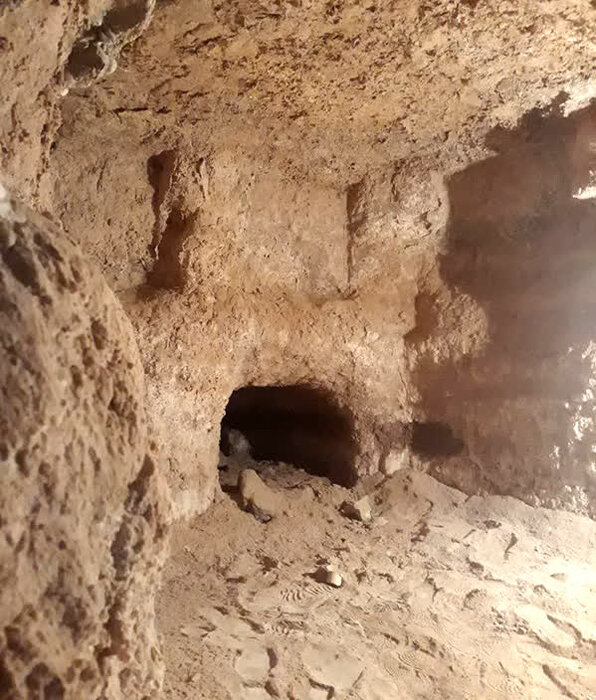
Hatami stated that investigations reveal approximately 60 hectares of the total 170 hectares of the historic fabric of Abarkuh are dedicated to these channels. After the drying up of some qanats, numerous constructions have taken place in the city, with their wastewater directed into these underground pathways. Unfortunately, this has hindered the complete reopening of the entire route, and currently, only a portion has been excavated.
To date, 400 historical sites have been identified in the Abarkuh region, of which 147 have been registered as national heritage sites. Among these, there are 129 immovable and 12 intangible cultural heritage sites.
Archaeologists are undeterred by the challenges they face as they delve into the remarkable discovery of an underground city in Abarkuh, a finding that provides invaluable insights into the ingenuity and resilience of the region’s ancient inhabitants.
Abarkuh, celebrated for its historical significance and architectural wonders—including the iconic 4,000-year-old cypress tree—has further cemented its status as a treasure trove of Iranian heritage. The discovery of this underground city not only enhances the town’s rich cultural narrative but also highlights its importance in the broader context of Iran’s historical landscape.
Cover Image Credit: IRNA

